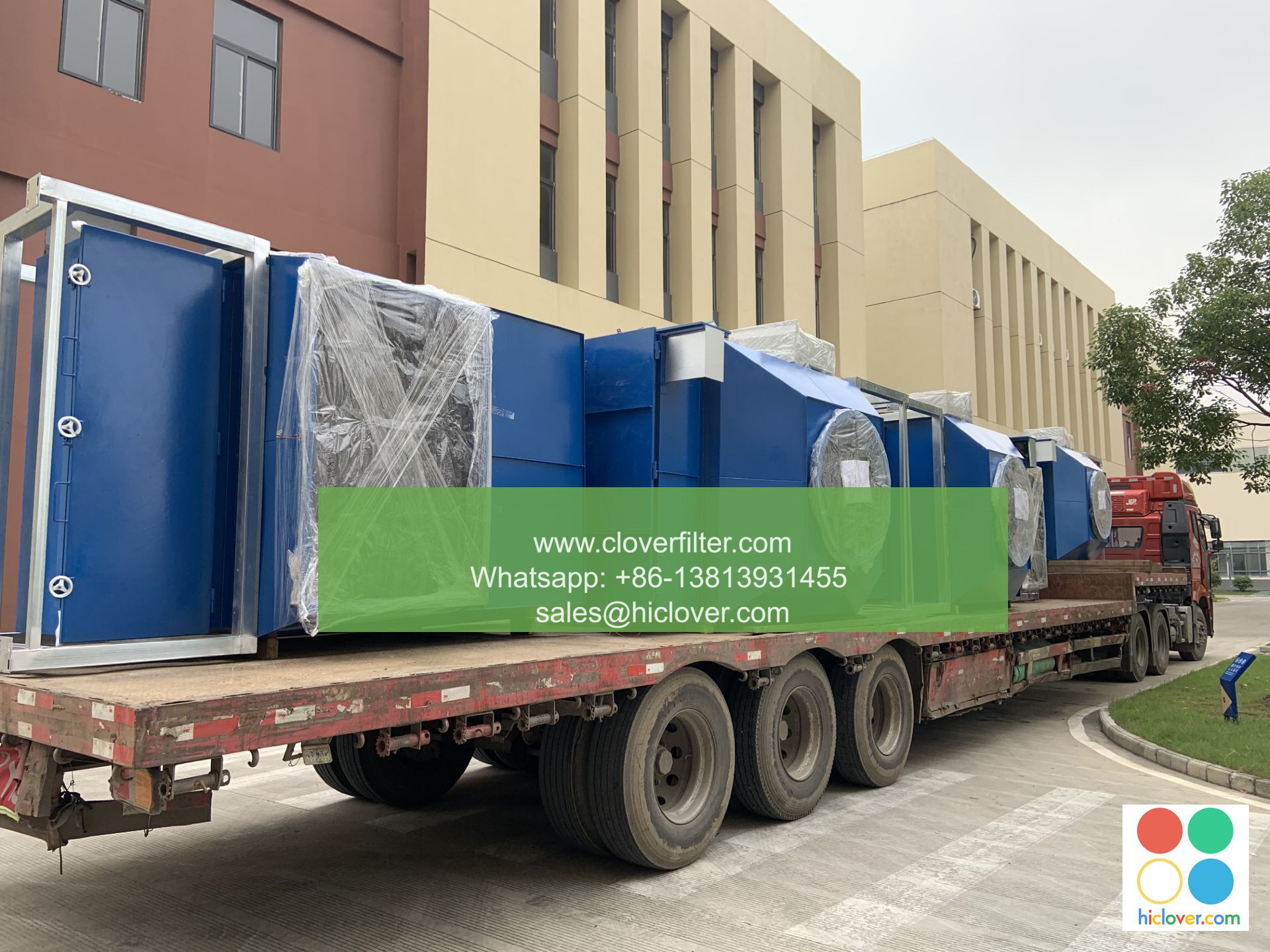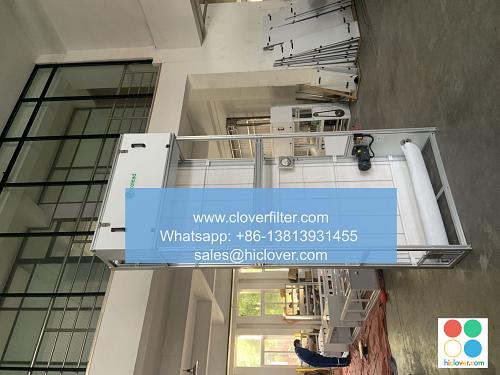Air Filter Design for Cleanroom Manufacturing Facilities

Cleanroom manufacturing facilities require precise control over environmental conditions to ensure the production of high-quality products. One crucial aspect of cleanroom design is the air filtration system, which plays a vital role in maintaining optimal air quality. In this article, we will delve into the world of air filter design for cleanroom manufacturing facilities, highlighting various application areas and key considerations.
Introduction to Cleanroom Air Filtration
Cleanrooms are controlled environments that require careful management of temperature, humidity, and air quality to prevent contamination. Air filtration systems are designed to remove airborne particles, such as dust, bacteria, and other microorganisms, to ensure a clean and safe working environment. The air filter design for cleanroom manufacturing facilities must take into account the specific requirements of the facility, including the type of products being manufactured, the level of contamination control required, and the air flow rates needed.
Key Considerations for Air Filter Design
When designing an air filtration system for a cleanroom manufacturing facility, several key considerations must be taken into account. These include:
* Filter Efficiency: The filter’s ability to capture particles of a specific size, typically measured in terms of Minimum Efficiency Reporting Value (MERV) or High Efficiency Particulate Air (HEPA) ratings.
* Air Flow Rates: The volume of air that needs to be filtered, which is typically measured in cubic feet per minute (CFM).
* Pressure Drop: The resistance to air flow created by the filter, which can impact the overall energy efficiency of the system.
* Filter Life: The length of time the filter can operate effectively before needing to be replaced or cleaned.
Application Areas for Air Filter Design
Air filter design for cleanroom manufacturing facilities has various application areas, including:
* Pharmaceutical Manufacturing: Requires high-efficiency filters to prevent contamination and ensure product quality.
* Microelectronics Manufacturing: Demands ultra-clean environments to prevent damage to sensitive components.
* Biotechnology Research: Needs controlled environments to prevent contamination and ensure accurate research results.
* Medical Device Manufacturing: Requires clean environments to prevent contamination and ensure product quality.
Types of Air Filters Used in Cleanroom Manufacturing Facilities
Several types of air filters are used in cleanroom manufacturing facilities, including:
* HEPA Filters: High-efficiency filters that capture 99.97% of particles as small as 0.3 microns.
* ULPA Filters: Ultra-low penetration air filters that capture 99.999% of particles as small as 0.1 microns.
* Activated Carbon Filters: Used to remove gases and odors from the air.
* Pre-Filters: Used to protect the main filter from larger particles and extend its life.
Conclusion
Air filter design for cleanroom manufacturing facilities is a critical aspect of ensuring optimal air quality and preventing contamination. By considering the specific requirements of the facility, including filter efficiency, air flow rates, pressure drop, and filter life, designers can create effective air filtration systems. The various application areas, including pharmaceutical manufacturing, microelectronics manufacturing, biotechnology research, and medical device manufacturing, require specialized air filter designs to meet their unique needs. By selecting the right type of air filter, including HEPA, ULPA, activated carbon, and pre-filters, cleanroom manufacturing facilities can ensure the production of high-quality products and maintain a safe and healthy working environment.
Additional Resources
For more information on air filter design for cleanroom manufacturing facilities, please visit the following resources:
* American Society of Heating, Refrigerating and Air-Conditioning Engineers (ASHRAE)
* International Society for Pharmaceutical Engineering (ISPE)
* Institute of Environmental Sciences and Technology (IEST)
By following the guidelines and best practices outlined in this article, cleanroom manufacturing facilities can ensure optimal air quality and maintain a competitive edge in their respective industries. It seems like you haven’t provided a prompt or question for me to respond to. Could you please provide more context or ask a specific question so I can assist you better?

